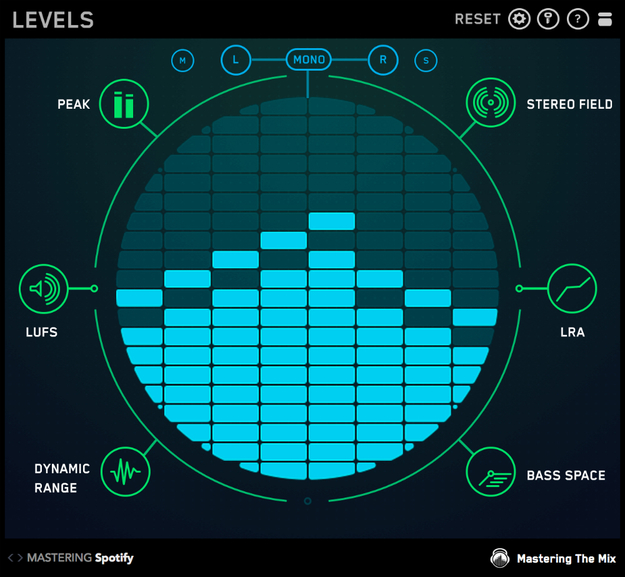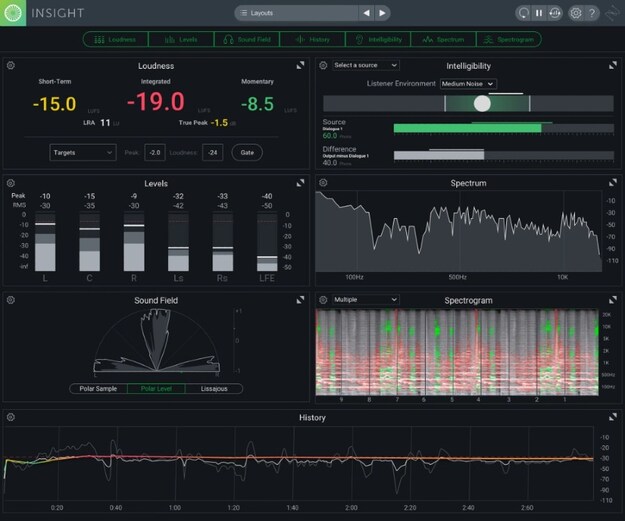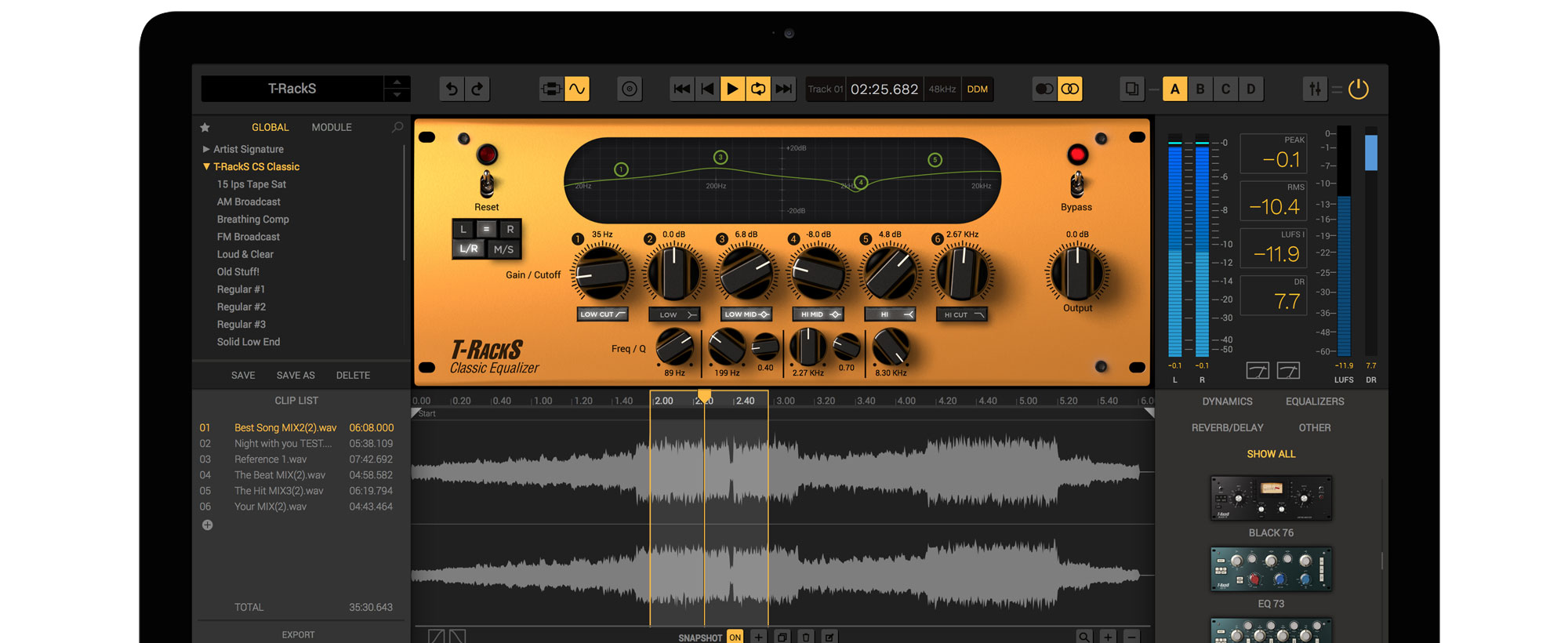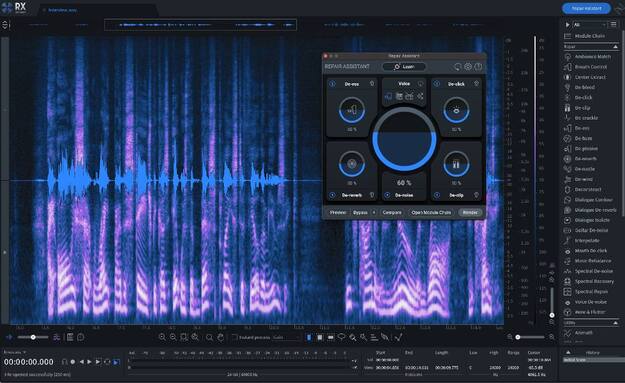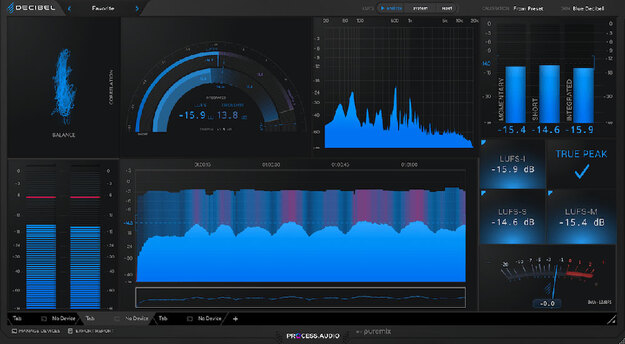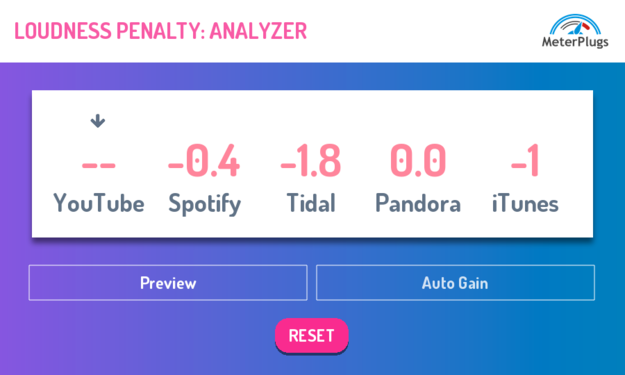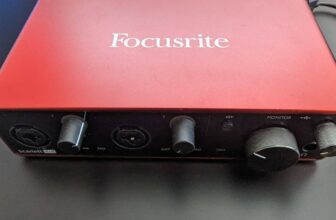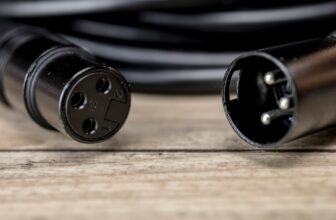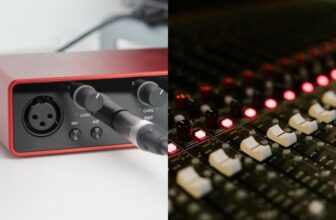How Loud Should You Master Your Music?
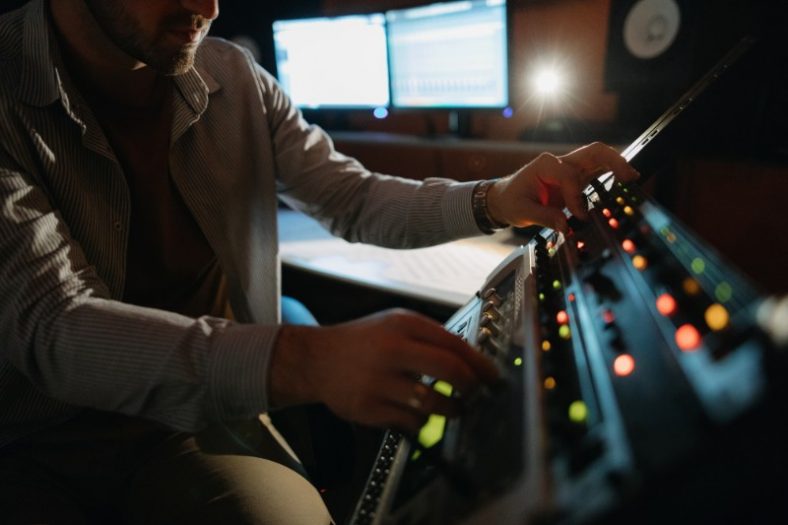
Mastering loudness levels are primarily measured in LUFS and True Peak. Ideally, a mastered track should sit anywhere between -12 and -16 LUFS and -2dB and -1dB True Peak. You can use loudness meter VSTs such as LEVELS and iZotope Insight 2 to measure the LUFS and True Peak levels of a master track.
While most sources agree that -12 to -16 LUFS is a great guideline for determining the loudness of a master track, it’s possible to go over these values without losing sound quality. However, this is a task best suited for experienced audio engineers who know exactly how loud they can push a song.
To keep it on the safe side, it’s best to keep up with the demands of streaming platforms and keep the loudness levels of your master tracks under -12 LUFS and -1dB True Peak.
Contents
- Why does Loudness matter in mastering?
- What is the ideal Loudness of a master?
- How to measure the Loudness level of a track?
- 1. Mastering the Mix LEVELS
- 2. iZotope Insight 2
- 3. IK Multimedia T-Racks 5 Metering
- 4. RX Loudness Control
- 5. PROCESS.AUDIO Decibel
- 6. Loudness Penalty
- 7. Youlean Loudness Meter (free)
- Conclusion
Why does Loudness matter in mastering?
Loudness matters in mastering because mastered tracks need to be uploaded to a series of online platforms such as Spotify, and YouTube. These platforms apply compression to audio so it can be normalized. If too quiet, mastered tracks won’t be competitive; if too loud, they can distort.
Ever since digital audio became a thing, mastering engineers have been tasked with the sometimes-ungrateful mission of making records sound as loud as possible without losing sound quality. This has been such a big trend since the early 2000s that it even gave way to a phenomenon known as the loudness war.
Contrary to what the loudness war may imply, louder doesn’t necessarily mean better. The idea is to make a mastered track sound as loud as it should. But who determines what’s the ideal loudness of a mastered track? In a nutshell, it’s the radio, television, and, most importantly, online streaming platforms and social media.
Take Spotify, for example. The streaming service features a huge catalog with all the tracks one can think of, from quiet 70s folk ballads to monstrously loud modern-day EDM bangers. This gives way to a challenge: how can Spotify make all tracks sound as equally loud as possible to provide a more comfortable listening experience to its subscribers?
To normalize all the tracks in its catalog in terms of loudness, Spotify and other online platforms resort to encoding, a process in which mastered files are compressed into fitting certain loudness guidelines. The problem? This encoding process isn’t very efficient at making super-quiet tracks sound louder, nor at making excessively-loud tracks sound good.
So, to avoid having a song that’s just too quiet (failing to grab the listener’s attention) or too loud (distorting, giving way to clipping, and other unwanted sound artifacts), musicians and mastering engineers need to pay attention to the LUFS and True Peak levels of their mastered tracks.
What is the ideal Loudness of a master?
The exact ideal loudness of a mastered track depends on the online platform it is uploaded to. However, as previously cited, mastering tracks at -12 to -16 LUFS and -2dB to -1dB True Peak is a realistic goal that should ensure good results on all platforms.
In this table, you can find the exact recommended loudness levels of a few of the most popular streaming platforms around:
| Streaming platform | Recommended loudness |
| Spotify | -11 LUFS and -2dB True Peak, or -14 LUFS and -1dB True Peak |
| iTunes | -16 LUFS and -1dB True Peak |
| YouTube Music | -14 LUFS and -1dB True Peak |
| Amazon Music | -14 LUFS and -2dB True Peak |
| Apple Music | -16 LUFS and -1dB True Peak |
| Deezer | -15 LUFS and -1dB True Peak |
How to measure the Loudness level of a track?
The easiest way to measure the loudness level of a track is to use a loudness meter VST. There are plenty of available options around. These are some of the best:
While most loudness meters feature both RMS and LUFS values (in addition to True Peak), audio engineers tend to ignore the first in favor of the latter. While RMS measures the average loudness of a track according to the power of the signal, LUFS does so according to the human perception of loudness. For this reason, LUFS is considered to be a more accurate way of measuring loudness than RMS, at least from a human perspective.
Conclusion
Your new exciting song may be great, but it won’t get you anywhere unless it sounds good on the places people listen to music – Spotify, YouTube, and so forth! That’s why it’s so important to be aware of the LUFS and True Peak levels of a finished master track and ensure they sit at the right sweet spot which is anywhere between -12 and -16 LUFS and -2dB and -1dB True Peak.

